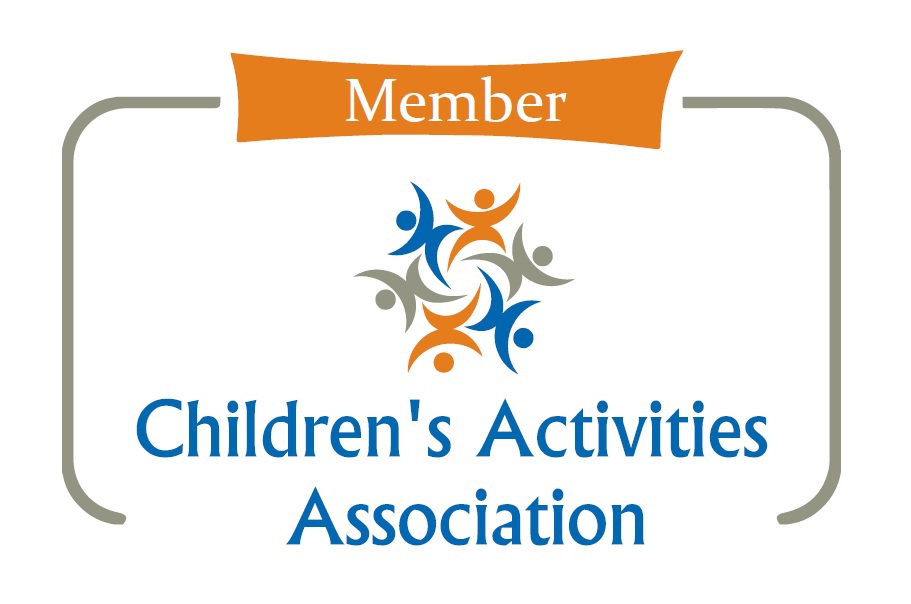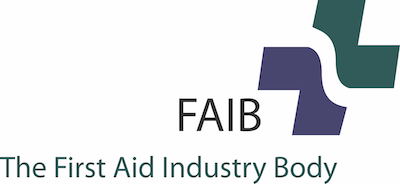Toilet training is an interesting time – the joy of choosing “big pants” with a favourite Disney character alongside the sad realisation your wee-stained carpet will never be the same again . . . It is a rollercoaster ride! It’s an exciting time for you (the end of nappies is in sight, hallelujah!) and for your child – they will literally need to be held back from showing anyone and everyone their new pants! But it can also be stressful and emotional, and at some point you will find yourself wishing you’d never started the whole endeavour. At Mini First Aid we know it’s a tricky time, so we’ve put together this guide to help you with your toilet training journey.
What
can I expect at what age?
We all know every child is different, but it’s still useful to have some rough guidelines of what to expect when:
- By age 1, most babies have stopped doing poos at night – unfortunately this wasn’t the case with my daughter, it was more like 18 months . . .
- By age 2, some children will be dry in the day – fantastic if this is the case for you and enjoy the savings on nappies, but this is usually quite early.
- By age 3, 9 in 10 children are dry most days, but will still have accidents.
- By age 4, most children are consistently dry through the day.
- Somewhere between the ages of 3 and 5, most children start to stay dry through the night. However, 1 in 5 children aged 5 will occasionally wet the bed. Do not despair if this is your child, it is quite normal.
How will I know when to start potty training?
There are a few signs you can look out for to indicate that your child is getting ready for toilet training:
- They start to tell you / indicate to you when their nappy is wet and needs changing.
- They can feel when they are having a wee in their nappy and will tell you – usually excitedly! – that they are doing a wee right now!
- The gap between wet nappies is at least an hour – potty training will be really tough otherwise.
- They fidget or try to hide when they need the toilet – again this shows they are aware they need to go.
- They tell you they need a wee in advance of doing it – this is one of the key signs as it shows they understand the physical signs of what it feels like to need a wee.
So firstly, make sure you are seeing the vast majority of these crucial signs as they mean your child is developing bladder control – it will make your life less stressful, trust me!
Once you are seeing the above signs, you need to consider the following:
- Ideally work toilet training around a time that most suits you and your schedule. Lots of people choose the summer months - if the weather gods are on your side then running around the garden naked is ideal for potty training! And if it's not a scorching summer, then at least you can be outside more in case of accidents, there are less clothes to take off when they wet themselves AND you can get the washing dried more quickly than in the winter! But also be aware you can make these plans and your child might surprise you – I planned for the summer but my daughter wanted to wear big girl pants in the spring!
- Another thing to consider is your childcare – are they supportive in helping with your toilet training? Or would you rather tackle it yourself during holiday time? Or consider taking time off work specifically to tackle toilet training? Be aware if you choose this option you need to prepare for it – more on this later – otherwise you might be disappointed if you don’t achieve your aim.
- Clear your schedule as much as possible, and if you make plans with friends and family, plan to be at your house. This will make it much less stressful for both you and your child because you'll be avoiding unnecessary car journeys.
- Be aware that even with these signs, if your child does not want to use the potty you won’t be able to make them. Be patient, keep a potty in the toilet so they get used to it, let them choose some pants to build the excitement and wait (more on toilet training problems later).
How do I prepare for toilet training?
There are a few things you can do here:
- Ideally, start doing nappy changes in the toilet / bathroom so they get used to the idea that this is where they do their wees and poos!
- Talk to your child about going to the toilet whilst you’re doing their nappy change so they are familiar with what’s going to happen soon.
- Let them flush the loo after you’ve been to the toilet and squirt the soap for you so they understand the importance of hygiene after visiting the loo.
- Put a potty in the toilet / bathroom – maybe one in each if you have more than one toilet in the house, or at least in the one that is easiest to get to with your child.
- Get your child to practise sitting on the potty and see what happens – you could even pour some water in and pour it down the loo to show where the wee will go!
- Some children will want to copy you and go straight on to the toilet – they might even react angrily to the potty – a clip on toilet training seat and a little step will make it a lot easier for them, especially if they are still very little.
The signs are there, I’ve done my prep, what now?
Hopefully you’ll be one of the lucky parents for whom the prep pays off and the next bit will be (relatively) easy! By now your child should actively want to sit on the potty and give it a try, but it isn’t always plain sailing. Give the following a try:
Sit on the potty after a meal
It’s just science isn’t it?! Digestion is in process and hopefully the bowels will be moving! Sit together with a book or some toys and hope that nature takes its course.
Potty before you leave the house
Encourage a sit on the potty before you go out to get into good habits. It doesn’t matter if they don’t do anything – you will be establishing a routine that should pay off for years to come!
Look out for wee-wee signals!
Is your child a leg crosser, a fidget pants or do they hide when they need the loo? It might be as subtle as them keeping looking at their crotch area! When you spot these signs explain that it’s time to visit the potty!
Use a reward chart and some well timed praise
You could choose some stickers together and make a chart so that each time they do a wee successfully on the potty, they get to pick a sticker to add to their tally. Make sure you verbally praise them too – perhaps they could also praise you when you go to the toilet so everyone feels included – maybe just not in a loud voice when you’re in public!
Notice timings
Lots of children poo almost to order – if this is your child, encourage them to sit on the potty at this time. Also keep an eye on the clock for wees – you could agree that when the clock dongs the hour or your phone alarm plays a funny tune they will try for a wee – this regular routine helps avoid the confrontation and accidents that may well arise if they are disturbed during play.
Think about clothes
Dress your child in easy to remove items – playsuits are not the best option for toilet training! And have a stash of old leggings / trousers etc to hand so their best / favourite clothes aren’t falling foul of a wee accident.
What if they keep having accidents?
Accidents can be really upsetting for both you and your child. If you’re a bit of a clean freak like me, you might struggle with this. Just remember that this phase will usually pass, and try to put things in place to help you cope – waterproof mats where they regularly play, several changes in your bag for days out and make sure you are well stocked with some top notch carpet cleaner!
Reassure your child that accidents are totally normal and that they will get the hang of it, it just takes practice. As hard as I personally know it is, try not to get too cross, and try to just deal with the practical side of an accident in an unfussy way, making sure your child is comfortable and dry.
There can be a number of reasons why children have accidents:
- They are so busy with what they’re doing they just don’t notice the urge to go to the toilet.
- They don’t feel the sensation that triggers going to the toilet.
- They leave it too late and then can’t get to the toilet quick enough.
- They are anxious or upset.
- They have got into a habit of wetting themselves, which can be difficult to break.
- They’ve got a urinary tract infection.
- They have a weak bladder or pelvic floor muscles – signs of this are weeing when jumping or laughing.
When might I need to see a doctor?
Usually you won’t. All children are different and some will just take longer than others to be completely dry. However, you should definitely take them to the doctors if they have pain when they wee, or their wee smells really bad, as these are signs of a urinary infection.
You might want to visit your doctor if your child is over 5 and you want to help establish if there is a medical reason why they aren’t consistently dry at this age.
So that’s
the low down folks – enjoy the highs – that feeling of excitement when they
triumphantly show everyone the contents of the potty (it really is fabulous!),
and try not to dwell on the lows, when you’re knee deep in soggy pants. This,
like all things, will pass . . .
All my very best, Charlotte @ Mini First Aid xx
Sources: NHS UK, Place 2 Be, Bladder and Bowel UK
Get ready for summer!
At Mini First Aid we love this Insect Repellent from Toddle. DEET free, non-sticky and water resistant, it's ideal for outdoor activities. Made from natural ingredients, it is great for more sensitive skin as it is free from the harsh chemicals often found in insect repellent formulas. The compact bottle, providing 200 applications is ideal to fit in your bag for days out, and provides up to 8 hours worth of protection.








